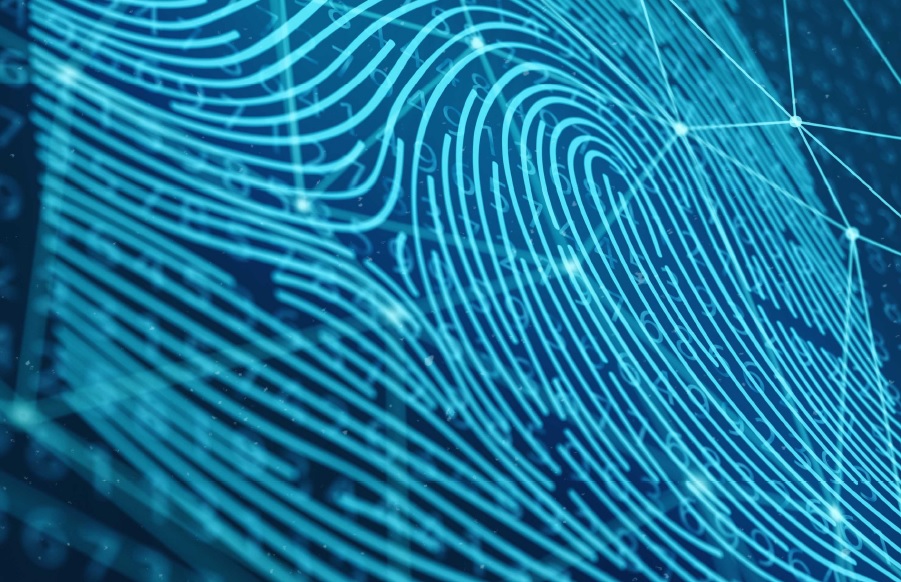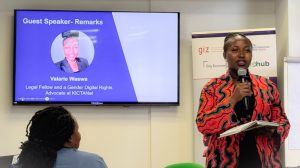By Valarie Waswa
As the world commemorated International ID Day on September 16th, 2024, Amnesty International launched a report titled “Ready or Not.” Based on a study conducted in nine counties across Kenya, the report raises vital questions about the readiness and inclusivity of Digital ID systems, particularly with the rollout of the Maisha Namba.
The report aims to amplify the voices of ordinary Kenyans by shedding light on the lived experiences of those facing challenges with ID acquisition. A case in point was Turkana County, where, despite its large population and landmass, only a fraction has access to electricity or digital literacy. This is a serious concern, considering that the success of a Digital ID system hinges on access to technology and literacy. How can we expect communities like these to embrace Digital ID when basic infrastructural needs aren’t met?
Worrying Trends
One of the key themes that emerged was the risk of further exclusion. Marginalized groups, such as certain religious and ethnic minorities, have long faced hurdles in obtaining national IDs, and the Maisha Namba system could potentially deepen these inequalities. For example, in Turkana, the lack of basic infrastructure makes it impossible for many to engage with digital systems. This echoes the historical denial of IDs to some groups, a situation the new system seems to overlook.
A Flawed System in Action
One recurring point was the cybersecurity risks that accompany this rollout. Most people access e-government services via cybercafes, where their data could be compromised. The government claims that services are available at Huduma Centers, but with only one centre per county, it’s not a viable solution for everyone, especially those living in remote areas.
Further complicating the issue, new ID applicants are being automatically signed up for the Maisha Namba system without being informed, despite the government’s assurances that participation is voluntary. With so many citizens unaware of how this system works, it’s easy to see how mistrust in the system grows.
Nubian Community’s Struggles
During the panel discussions, a representative from the Nubian community shared their struggles in acquiring national IDs. For Nubian footballers, for example, not having an ID means being unable to travel internationally, limiting their opportunities to represent Kenya in sports. Without IDs, Nubians are also shut out from basic services like healthcare, scholarships, and insurance schemes.
The vetting process for Nubians and other communities was another issue raised. The government claims that vetting only applies to border communities, but in reality, it affects many non-border areas too. Without IDs, people feel invisible—a point emphasized by the Nubian representatives on the panel.
Public Participation: Reality vs. Expectation
Public awareness—or the lack thereof—was another concern. In some regions, religious fundamentalists associate Maisha Namba with the Biblical “666”, feeding into misconceptions and fear. This reflects how the government has failed to involve citizens in the design and implementation of the system, further alienating communities.
Another concern is the distinction between public participation and public awareness. Although the government claims to have conducted 800 public participation meetings, there is no proof. Many of these so-called meetings were information sessions where officials talked to the public, offering no opportunity for meaningful feedback.
The Constitution enshrines public participation, but for it to be meaningful, it has to be continuous and inclusive, not just a checkbox exercise. Public awareness alone doesn’t empower citizens; real engagement does.
Digital Divide and State Capacity
The discussion also turned to the digital divide, which affects more than just rural or marginalized communities. Even those of us who consider ourselves tech-savvy can fall prey to the divide when it comes to more advanced systems like Maisha Namba.
On top of that, digital illiteracy among state officials further complicates the situation, raising doubts about the ability to roll out a system of this scale.
The issue of vetting also came up. While the government claims Maisha Namba will eliminate vetting, there is no evidence to support this. Vetting persists, affecting people in border areas such as Nyeri, Nakuru, and Embu.
Collaboration is Key
Finally, there was a strong call for collaboration among civil society organizations (CSOs). The challenges posed by Digital ID systems affect all of us, regardless of sector. Public Interest Litigation (PIL) was highlighted as an essential tool, especially when pushing for legislative changes, as demonstrated by the eventual passage of the Data Protection Act.
In conclusion, the report reminds us of the urgent need for a rights-based approach to digital identification. We cannot afford to exclude anyone in the pursuit of digital transformation.
As Kenya moves forward with the Maisha Namba, it is important to address these underlying challenges—only then can we ensure that digital ID systems are tools for inclusion and not exclusion.
Ms Valarie Waswa, Legal Fellow – KICTANet
READ
Memorandum on the draft Information and Communications Technology Authority Bill of June 2024
![]()




